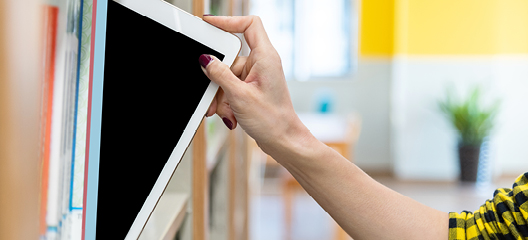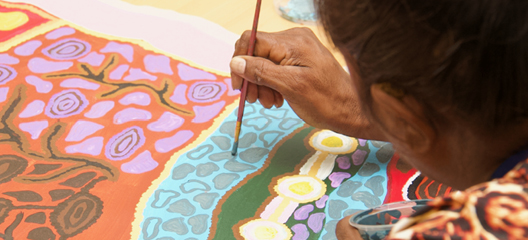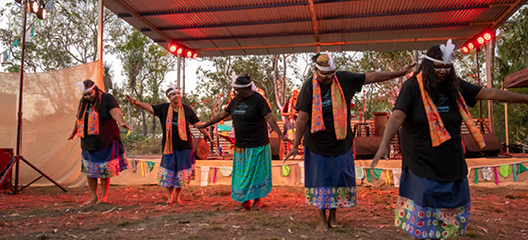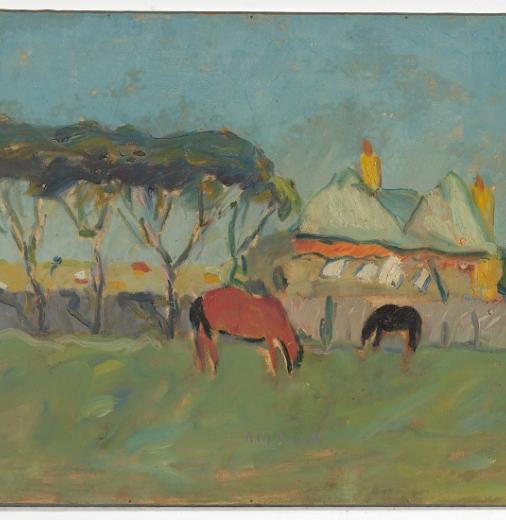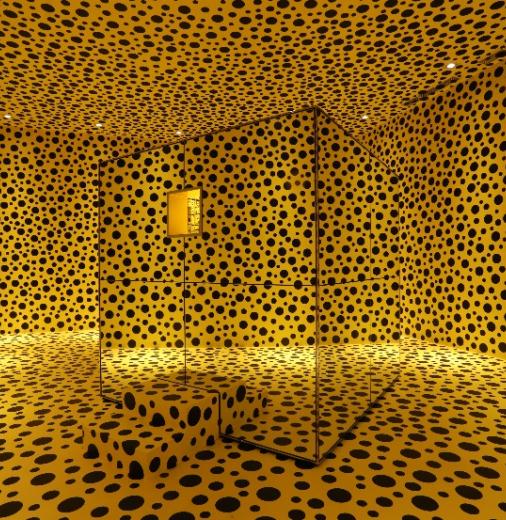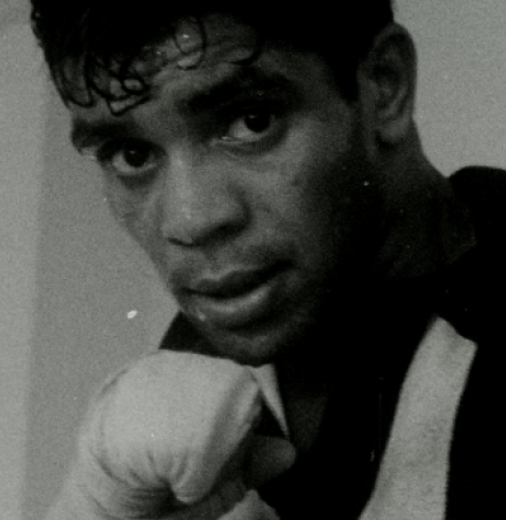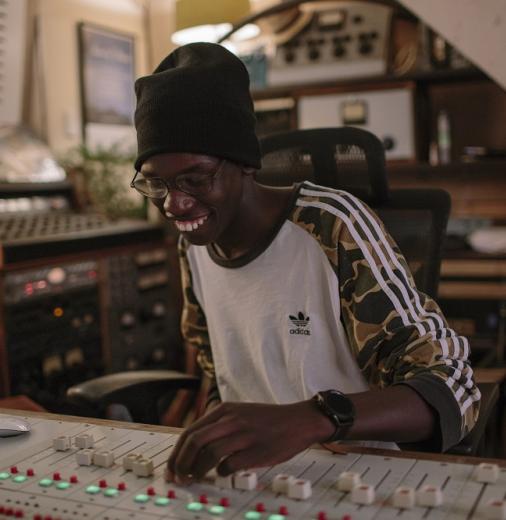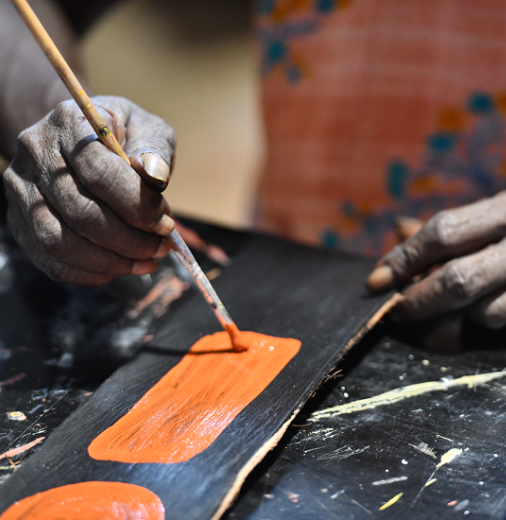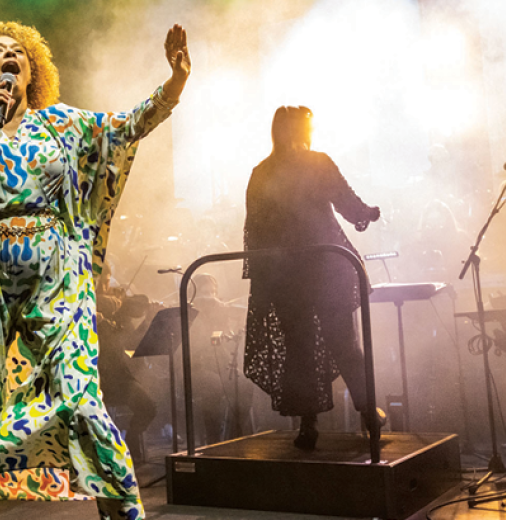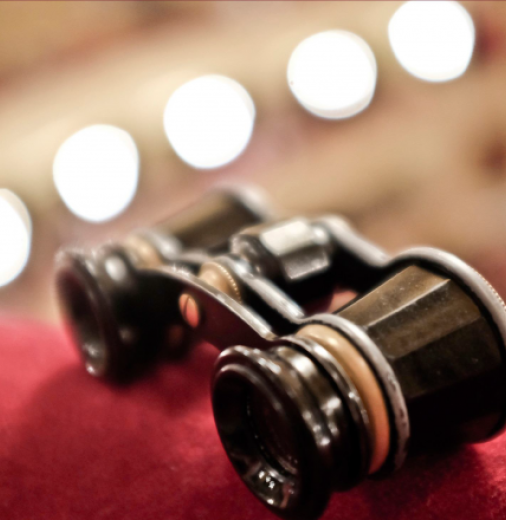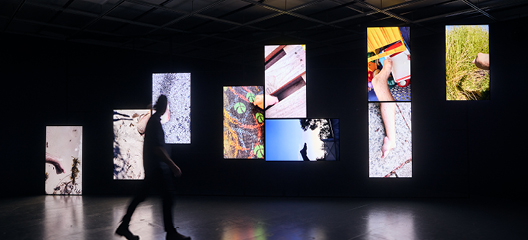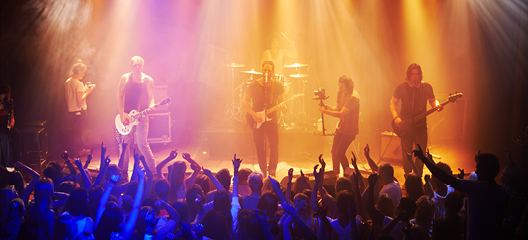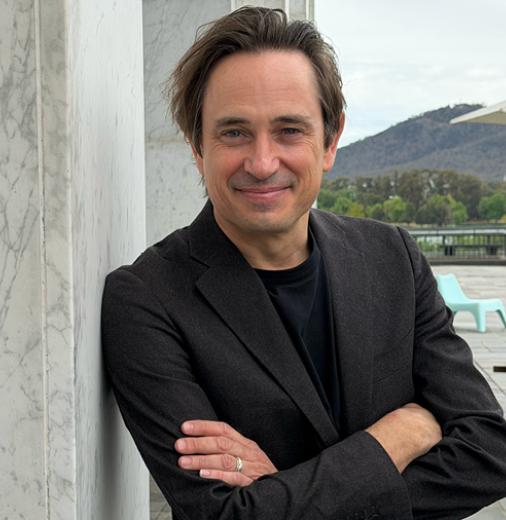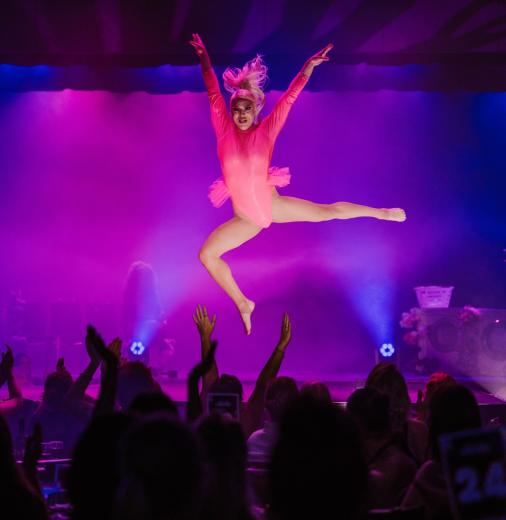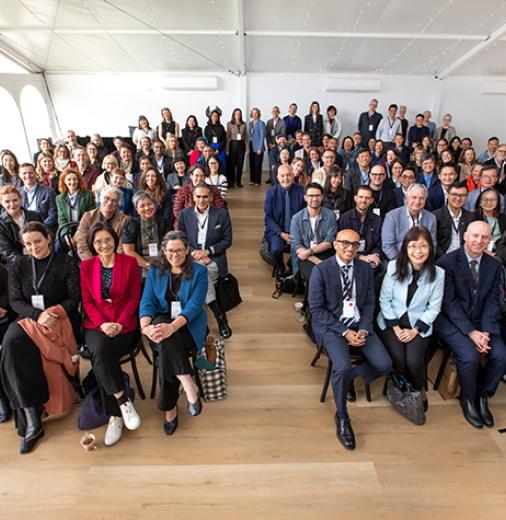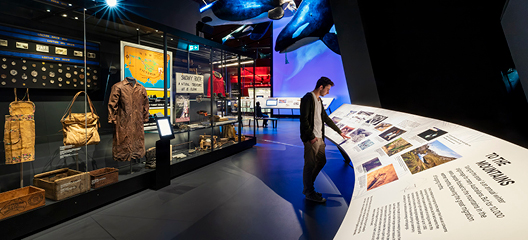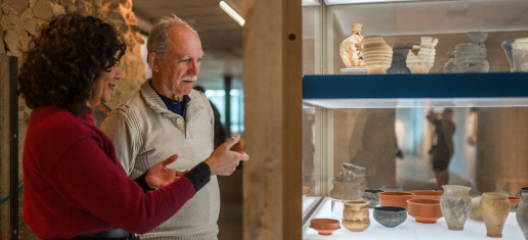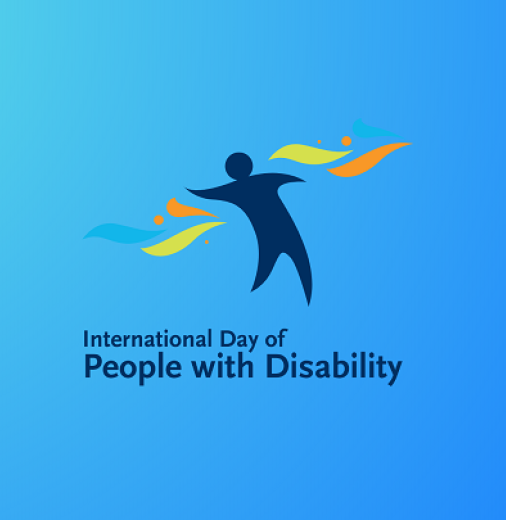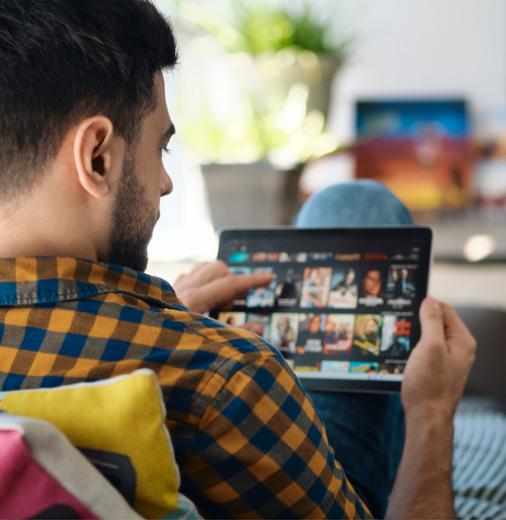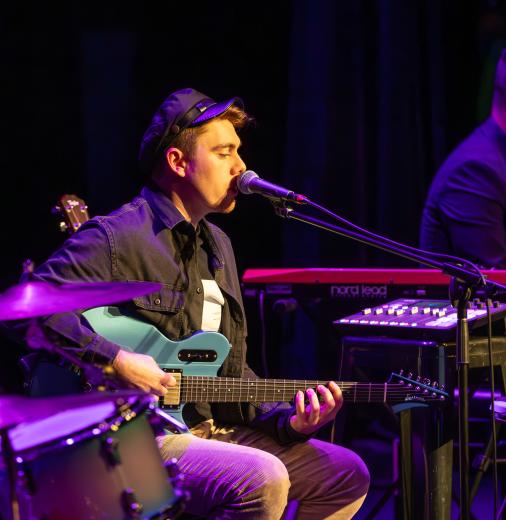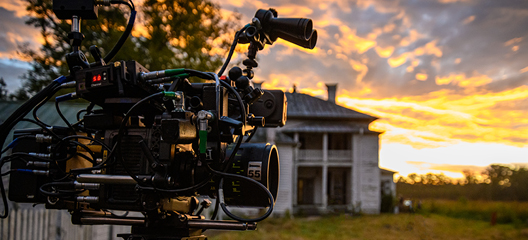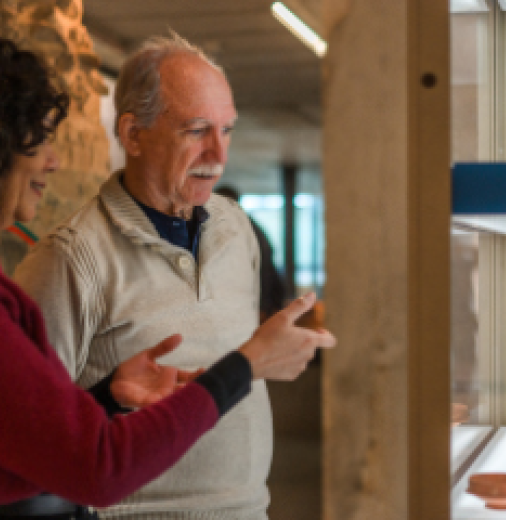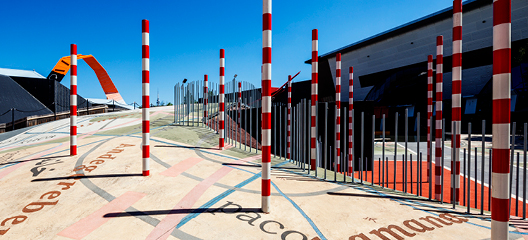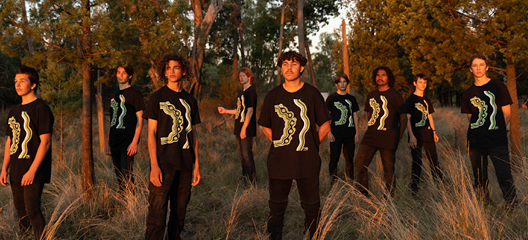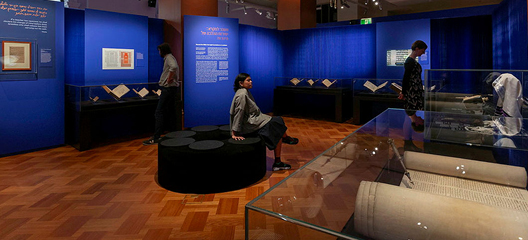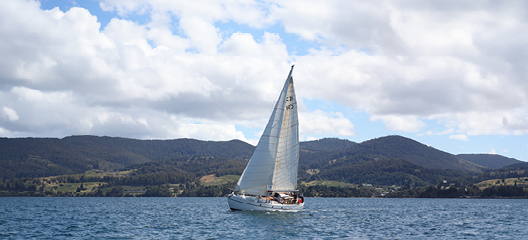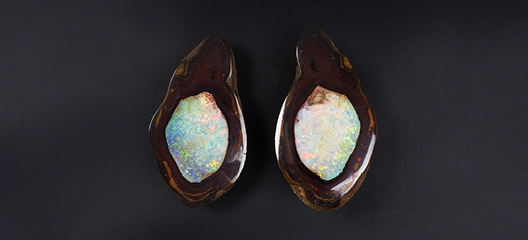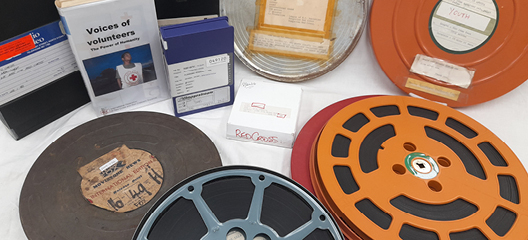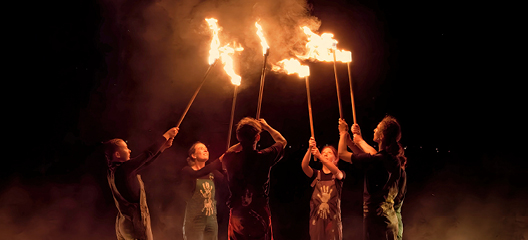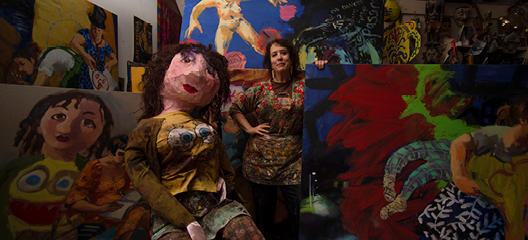The Indigenous Repatriation Program—Museum Grants (the Program) supports the return of Australian First Nations peoples' ancestral remains (ancestors) and secret sacred objects (objects) held in the collections of eight major Australian museums to their Traditional Custodians. The eight eligible major museums are: Australia Museum, National Museum of Australia, Museum and Art Gallery of the Northern Territory, Museum Victoria, Queensland Museum, South Australian Museum, Tasmanian Museum and Gallery and Western Australian Museum.
These eight museums are eligible to apply for funding under the Program to work in partnership with identified First Nations communities to return their ancestors and objects. The Australian Government recognises the importance and cultural significance of First Nations communities being directly involved in the repatriation process. It is estimated that more than 3,600 ancestors and more than 2,300 secret sacred objects have been returned to the custodianship of their Communities. Each museum funded under the Program is responsible for the management of their respective repatriation programs. 2025–26 grants are in place for seven of the eligible Museums.
Objectives for the Program are to:
- Identify the origin of ancestors and objects held in the collections of the funded museums.
- Empower First Nations communities to be involved in the repatriation of ancestors and objects.
- Repatriate ancestors and objects in the funded museums' collections to their Traditional Custodians.
- Facilitate discussion with Traditional Custodians for culturally appropriate storage and access to ancestors and objects.
- Support the engagement and/or employment of First Nations people to provide assistance, support and cultural advice to progress the repatriation of ancestors and objects to their Traditional Custodians.
Museum Grants - Highlights
Museums Grants - Repatriations
Over the last three years a total of 432 ancestors and 137 secret sacred objects have been collectively returned by seven state and territory museums.
Museums Repatriation Representatives Meeting
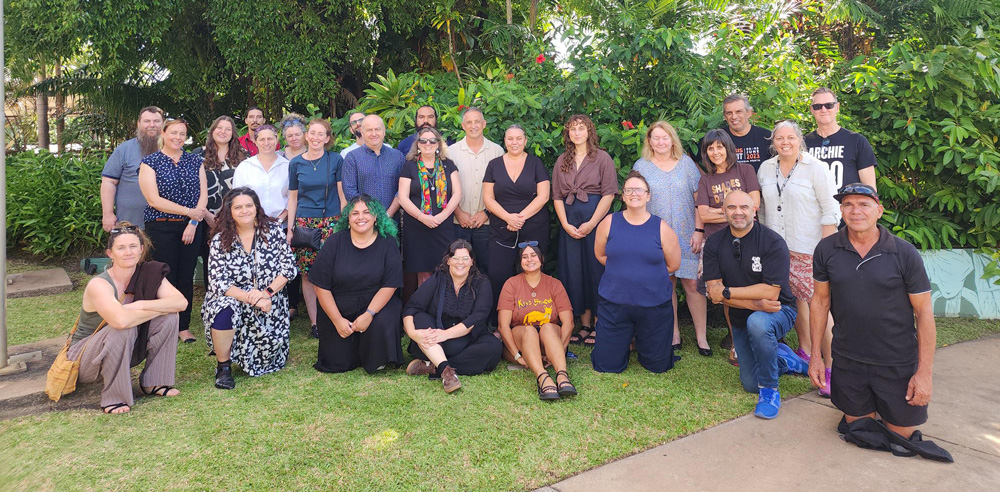
The annual meeting of museum repatriation officers was held in Darwin in May 2025. It provided a valuable opportunity for departmental and state and territory museum staff working on the Indigenous Repatriation Program – Museum Grants Program to meet, share ideas and discuss the program for the year ahead, including proposed 2025-26 activities.
Holding the meeting in Darwin provided a valuable opportunity to focus on the Northern Territory, including working with the visiting Galiwin’ku elders and Warlpiri communities. There were also presentations on the new Larrakia Cultural Centre and the work of the Strehlow Research Centre, which is part of the Museum and Art Gallery of the Northern Territory (MAGNT).
Museum staff from across Australia presented on projects that the grants program is contributing to, including the development of a Ngarrindjeri Resting Place in South Australia, and returns of Aboriginal ancestral remains to Communities in Western Australia. Meeting attendees also heard from the Australian Institute of Aboriginal and Torres Strait Islander Studies on the Return of Cultural Heritage Program and planned Ngurra keeping place in Canberra.
More information
For more information on the Program, email repatriation@arts.gov.au.
For more information about the respective museum repatriation programs and the return of ancestors and objects in their safekeeping, please contact the museums directly.


